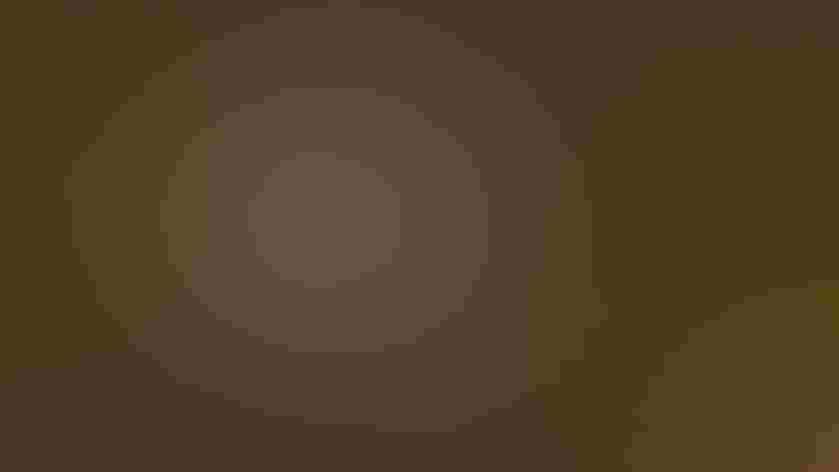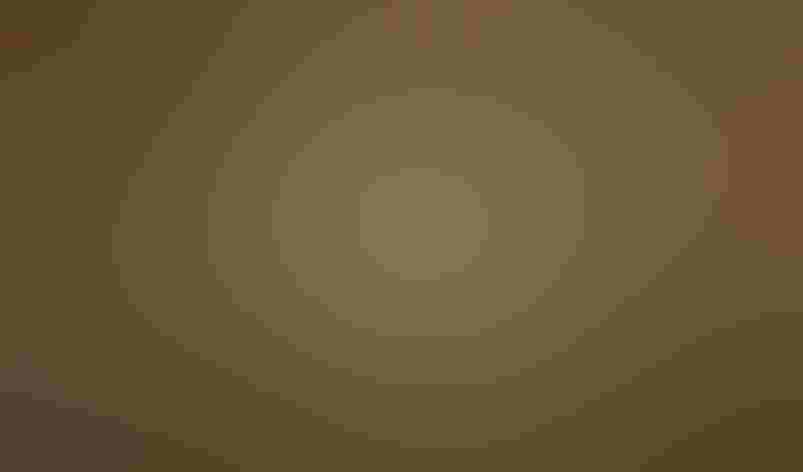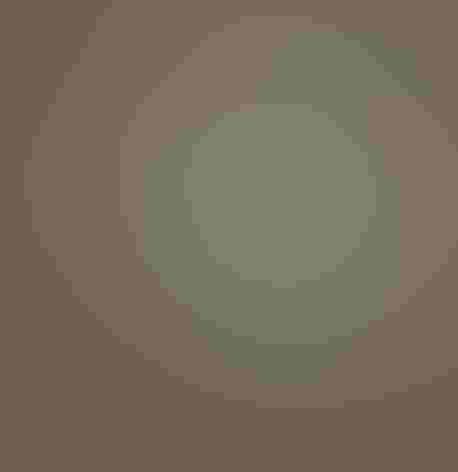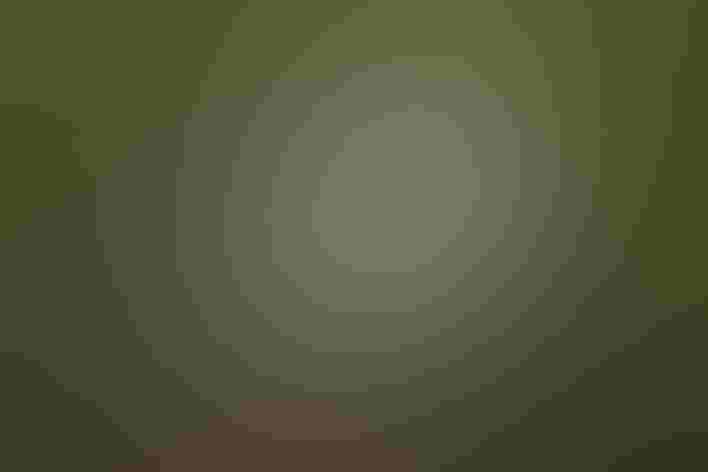Ross’s Goose
At a Glance
This pint-sized relative of the Snow Goose has been surrounded by mystery and surprise. Explorers recognized it as a different bird as early as 1770, but it was not described to science until 1861; its Arctic nesting grounds were not discovered until 1938. Once thought to be very rare, or even on brink of extinction, its population has greatly increased in recent decades. Not until the late 1970s was it discovered that Ross's, like Snow Goose, can occur in a "blue" morph. Blue Ross's Geese are still rarely detected.
All bird guide text and rangemaps adapted from Lives of North American Birds by Kenn Kaufman© 1996, used by permission of Houghton Mifflin Harcourt Publishing Company. All rights reserved.
Category
Duck-like Birds, Ducks and Geese
Conservation
Low Concern
Habitat
Coasts and Shorelines, Fields, Meadows, and Grasslands, Freshwater Wetlands, Lakes, Ponds, and Rivers, Saltwater Wetlands, Tundra and Boreal Habitats
Region
Alaska and The North, California, Eastern Canada, Mid Atlantic, Northwest, Plains, Rocky Mountains, Southeast, Southwest, Texas, Western Canada
Behavior
Direct Flight
Population
2.100.000
Range & Identification
Migration & Range Maps
Main population migrates from Northwest Territories to central California, traveling along a rather narrow route with traditional stopovers, especially in Alberta and Montana. In recent years, numbers wintering in New Mexico and east of Rockies have increased markedly. Migrate in flocks, often mixed with Snow Geese, sometimes with other geese. Strays appearing far out of range may have arrived by traveling with other species.
Description
24" (61 cm). Smaller than Snow Goose. Much shorter bill lacks black "grinning patch," often has bumpy blue-gray area at base. Head rounder, eye more centrally located in face, for more gentle expression. Young Ross's is much whiter than young Snow. Blue morph of Ross's is quite rare. Snow and Ross's sometimes hybridize, producing intermediates.
Size
About the size of a Mallard or Herring Gull
Color
Black, Brown, Gray, Orange, Pink, White
Wing Shape
Pointed, Tapered
Tail Shape
Rounded, Short, Square-tipped
Songs and Calls
Soft cackling and grunting notes.
Call Pattern
Flat, Simple
Call Type
Croak/Quack, Scream, Whistle
Habitat
Tundra (summer), marshes, grain fields, ponds. In summer on Arctic tundra, especially flat tundra with mix of grassy areas and low matted thickets of dwarf birch or willow. In migration and winter, shallow lakes, freshwater marshes, flooded stubble fields, other agricultural lands.
Sign up for Audubon's newsletter to learn more about birds like the Ross's Goose
Behavior
Eggs
4, sometimes 2-6, rarely 1-8. Dull white, becoming nest-stained. Female does all incubating, usually 21-23 days.
Young
Leave the nest shortly after hatching, following parents to water. Both parents tend the young; male is most active in defense against predators. Young fledge in 40-45 days.
Feeding Behavior
Forages mainly by walking on land, or wading or swimming in shallow water. During migration and winter, feeds in flocks, usually with Snow Geese.
Diet
almost entirely plant material. Diet for most of year is mainly green grasses and sedges. On arrival on breeding grounds, before new growth is available, do much grubbing for roots. In fall migration, feeds more on seeds and grains of wild grasses or cultivated crops.
Nesting
First breeding at age of 2 or 3 years. Courtship involves rapid head-dipping by both members of pair. Breeds in colonies, usually associated with colonies of Snow Goose. Nest site is often on island or shore of tundra lake, usually on edge of low thicket. The same site is often used for more than 1 season. Nest is a bulky bowl of twigs, leaves, grass, moss, lined with down. Female builds nest, beginning about the time the first egg is laid, continuing after incubation begins.
Climate Vulnerability
Conservation Status
Population apparently still increasing, as with some other Arctic-nesting geese (Snow and White-fronted). Ross's Goose often hybridizes with Snow Goose, but evidently not enough to be genetically "swamped" by the Snows.
Climate Threats Facing the Ross's Goose
Choose a temperature scenario below to see which threats will affect this species as warming increases. The same climate change-driven threats that put birds at risk will affect other wildlife and people, too.








